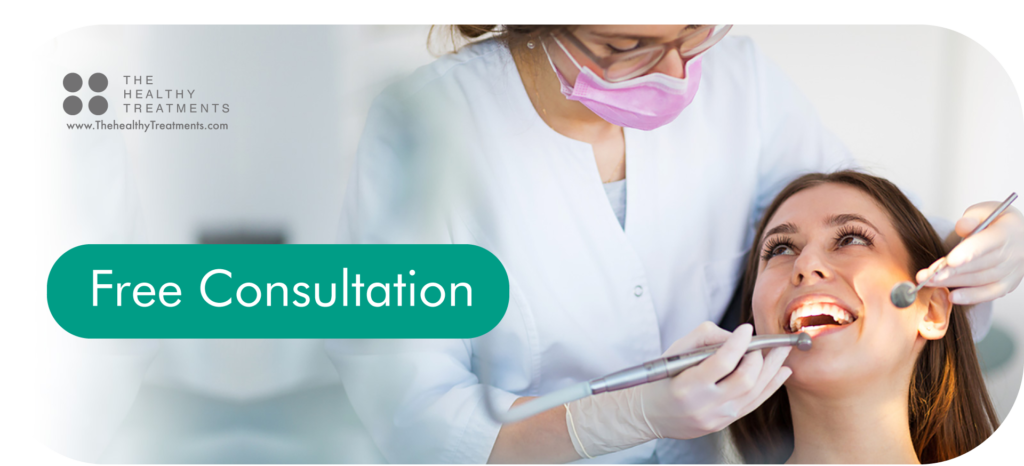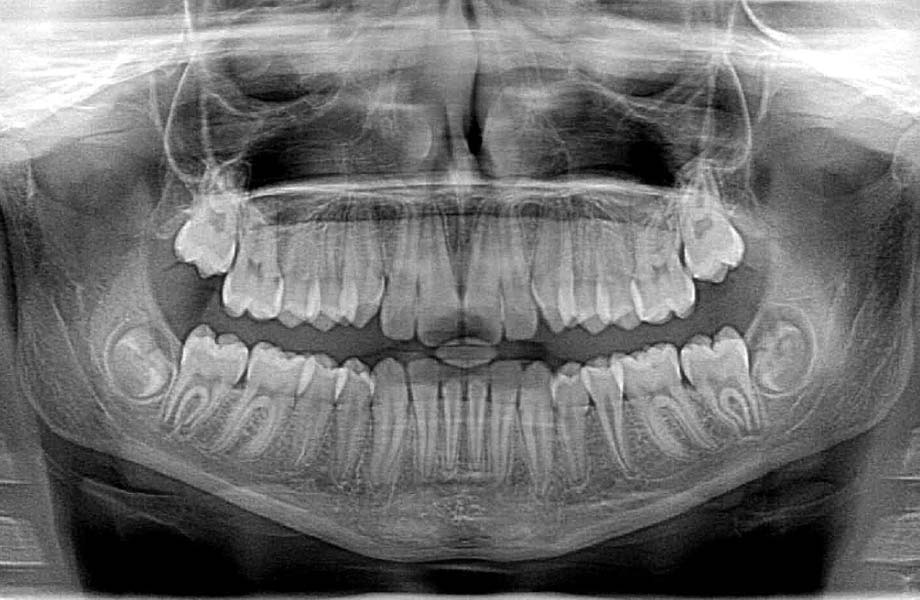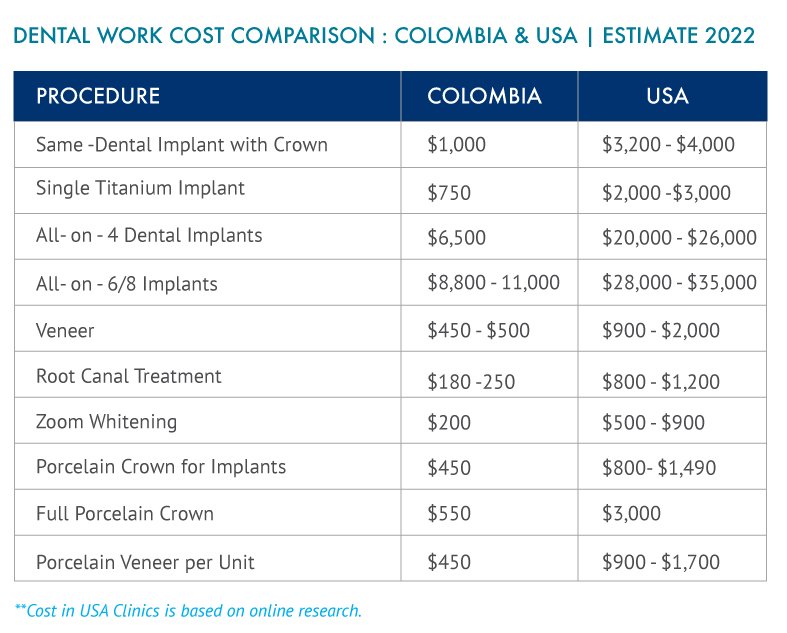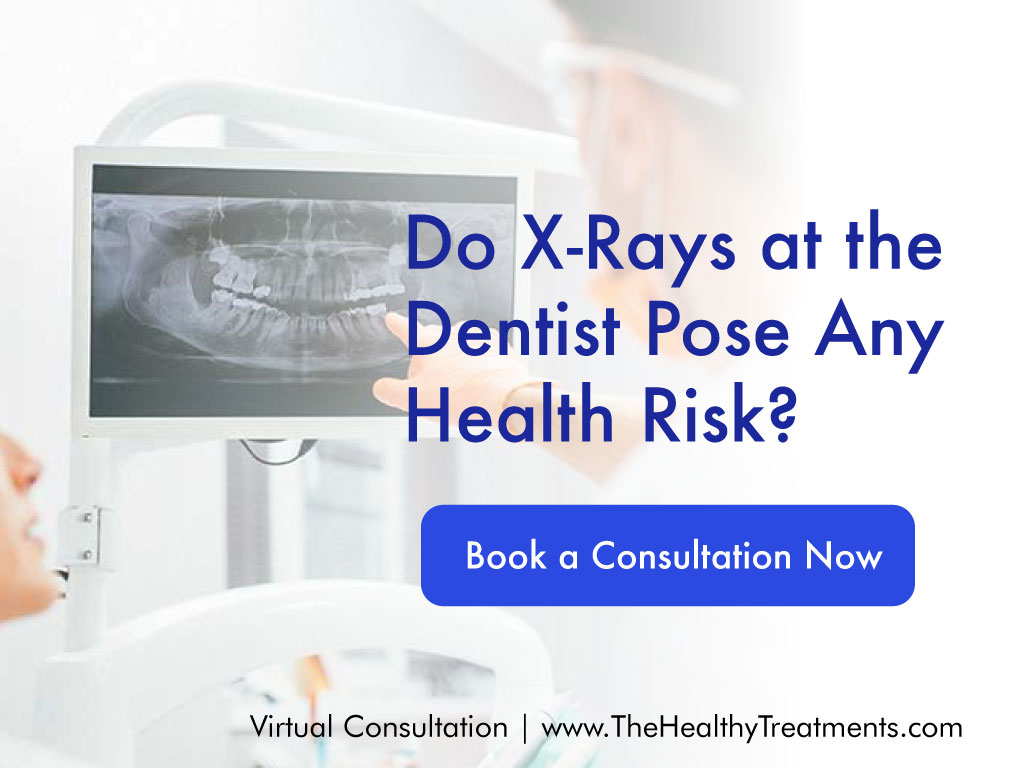Do X-Rays at the Dentist Pose Any Health Risk?
Find the Right Dentist


Getting X-Rays in Colombia
What are Dental X-Rays?
Dental X-rays, also known as radiographs, are images that make it possible for dentists to detect problems inside your mouth that can’t be seen with the naked eye. These X-rays create a detailed picture of your entire mouth – including existing teeth and potential problem areas beneath them. By looking at these images, dentists can detect problems such as cavities, infections, or impacted teeth before they become more serious.

How Do Dental X-Rays Differ from Medical X-Rays?
Dental X-rays and medical X-rays use similar technology, but the radiation doses in dental X-rays are far lower than medical X-rays. A typical dental radiograph emits around 0.005 millisieverts (mSv) of radiation while a chest X-ray is equivalent to around 0.1 mSv, so dental X-rays pose significantly less health risk. Additionally, a lead apron is worn during dental radiographs to further protect your body from the minimal amounts of radiation.
Despite the lower radiation doses, it’s still important to minimize your exposure as much as possible. Dentists take every precaution to ensure that patients are safely exposed to radiation by using techniques such as intra-oral X-rays and digital X-rays. Intra-oral X-rays are small, localized X-rays that target specific areas of the mouth and require the least amount of radiation for imaging. Digital X-rays produce even lower levels of radiation than intra-oral radiographs and provide very detailed images of a patient’s teeth and surrounding structures. Overall, dental X-rays are considered very safe and offer a low risk to patients while helping dentists detect common oral health problems earlier on.

What are the Potential Risks of Dental X-rays?
Although the risk from dental x-rays is very small, there are still potential risks to consider. These include an increased risk of cancer over a long lifetime, hormone disruption, and tissue damage. The older the person, the more radiation they have been exposed to throughout their lives, and thus the higher their risk. However, all of these risks need to be weighed against the benefit that dental X-ray provides which can identify serious issues such as bone loss and cavities before they become significant problems.
Dental X-ray exposure is extremely low, and precautions are taken to ensure that the risk is minimized. Lead shields are commonly used, and films and digital radiography decreases the radiation of traditional film x-rays. Additionally, dentists use special film holders to keep the irradiated area small. In general, it is recommended that only necessary dental x-rays be taken, but when done correctly with standard safety measures in place, there is little to no risk associated with dental x-rays.
Are Dental X-rays Still Used in Dentistry Today?
Yes, dental X-rays are still used in dentistry today. In fact, they are an important part of the diagnostic process for many dental conditions and have been for decades. Dentists use X-ray images to detect problems such as cavities, bone loss, and impacted teeth which can’t be seen with the naked eye. They may also be used to track progression or treatment of ongoing issues over time.

How Can I Minimize My Radiation Exposure During a Dental X-Ray Visit?
To minimize radiation exposure during a dental X-ray visit, dentists use lead apron/gowns and thyroid collars as protective gear. Dental X-rays use much lower doses of radiation than other medical imaging procedures, such as CT scans and PET scans. Dentists also take extra precautionary measures by repeating exposures only when absolutely necessary and shielding the entire body from radiation by limiting the area being exposed.
The American Dental Association also recommends that patients be informed about the amount of radiation exposure they receive, and allow them to ask questions about safety and X-ray use. It is also recommended that children have a lead apron or thyroid collar during dental X-rays. Dentists use digital X-rays to further reduce the amount of radiation to which patients are exposed. In addition, modern dental X-ray machines are equipped with sensors that keep track of how often a person has been exposed to radiation, alerting dentists when the safe limit has been reached.
Please check our FAQ’S
What You Should Know About Plastic Surgery in Colombia?
What You Should Know About Plastic Surgery In Colombia? Colombia...
Leer MásDental Procedures During Pregnancy
Dental Procedures During Pregnancy: A Guide for New Moms in...
Leer MásBoosting Your Plastic Surgery Recovery: 10 Essential Supplements
Boosting Your Plastic Surgery Recovery: 10 Essential Supplements In the...
Leer MásInfluenza and Mental Health
Influenza and Mental Health : How the flu affects your...
Leer Más





